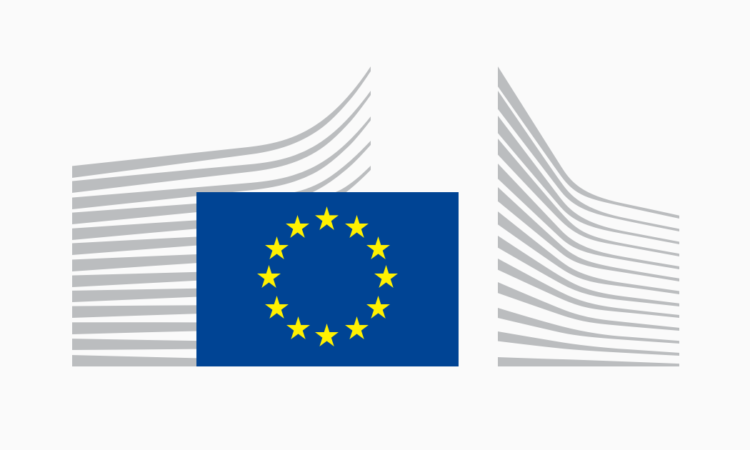
European network for rural development
The European network for rural development (ENRD) acts as a hub of information on how rural development policy, programmes, projects and other initiatives work in practice and how they can be improved to achieve more. It aims to engage and reach anyone with an interest in and commitment to rural development in Europe.
The ENRD supports the effective implementation of EU countries’ rural development programmes by generating and sharing knowledge, as well as facilitating information exchange and cooperation across rural Europe. The ENRD provides a wealth of information on the implementation of RPDs across the EU, including:
These activities are facilitated by two support units: the ENRD contact point and the European evaluation helpdesk for rural development.
LEADER
LEADER is a ‘bottom up’ approach, in which farmers, rural businesses, local organisations, public authorities and individuals from different sectors come together to form local action groups (LAGs). LAGs prepare their own local development strategies and manage their own respective budgets.
The LEADER approach strengthens bonds in local communities, encourages innovations across sectors, and facilitates knowledge sharing amongst LAGs at national and EU-wide levels.
Thanks to its success over 30 years, the LEADER approach has been adopted by the European regional development Fund (ERFD), the European social fund (ESF) and the European maritime and fisheries fund (EMFF) as part of wider community led local development (CLLD). Today LEADER / CLLD groups manage tens of thousands of projects with economic, cultural, social and environmental benefits in rural Europe.
The ENRD provides detailed information on the LEADER approach, including resources, toolkits, and a database of LAGs.
European innovation partnership for agriculture
The European innovation partnership for agricultural productivity and sustainability (EIP-Agri) also supports the goals of rural development by encouraging innovation in agriculture and rural communities.
EIP-Agri was created to bridge the gap between the innovative solutions created by researchers and the uptake of new technologies by those living and working in rural areas. By creating partnerships between those who will eventually use new technology and those that create them, EIP-Agri aims to accelerate the uptake of change.
The future of rural development
Under the new CAP, rural development actions will be included under the framework of national CAP strategic plans from 2023 onwards.
Within this framework, the Commission aims to make rural development actions more responsive to current and future challenges such as climate change and generational renewal, while continuing to support European farmers in a sustainable and competitive agricultural sector. Rural development actions will also make a strong contribution to the Commission’s key priorities and strategies, such as the European Green Deal and the long-term vision for rural areas.
Legal bases
Regulation (EU) 1303/2013 – presents common rules applicable to the European structural and investment funds (ESIF)
Regulation (EU) 1305/2013 on support for rural development by the European agricultural fund for rural development (EAFRD)
Regulation (EU) 1306/2013 on the financing, management and monitoring of the common agricultural policy
Regulation (EU) 1310/2013 on support for rural development by the European agricultural fund for rural development (EAFRD)
Commission Delegated Regulation (EU) 807/2014 on support for rural development by the European agricultural fund for rural development (EAFRD) and introducing transitional provisions
Commission Delegated Regulation (EU) 640/2014 on the administration, withdrawal of support or conditions of penalties applicable to direct payments, rural development support and cross compliance
Commission Implementing Regulation (EU) 809/2014 outlining how Regulation (EU) 1306/2013 the administration and control system, rural development measures and cross compliance should be applied






